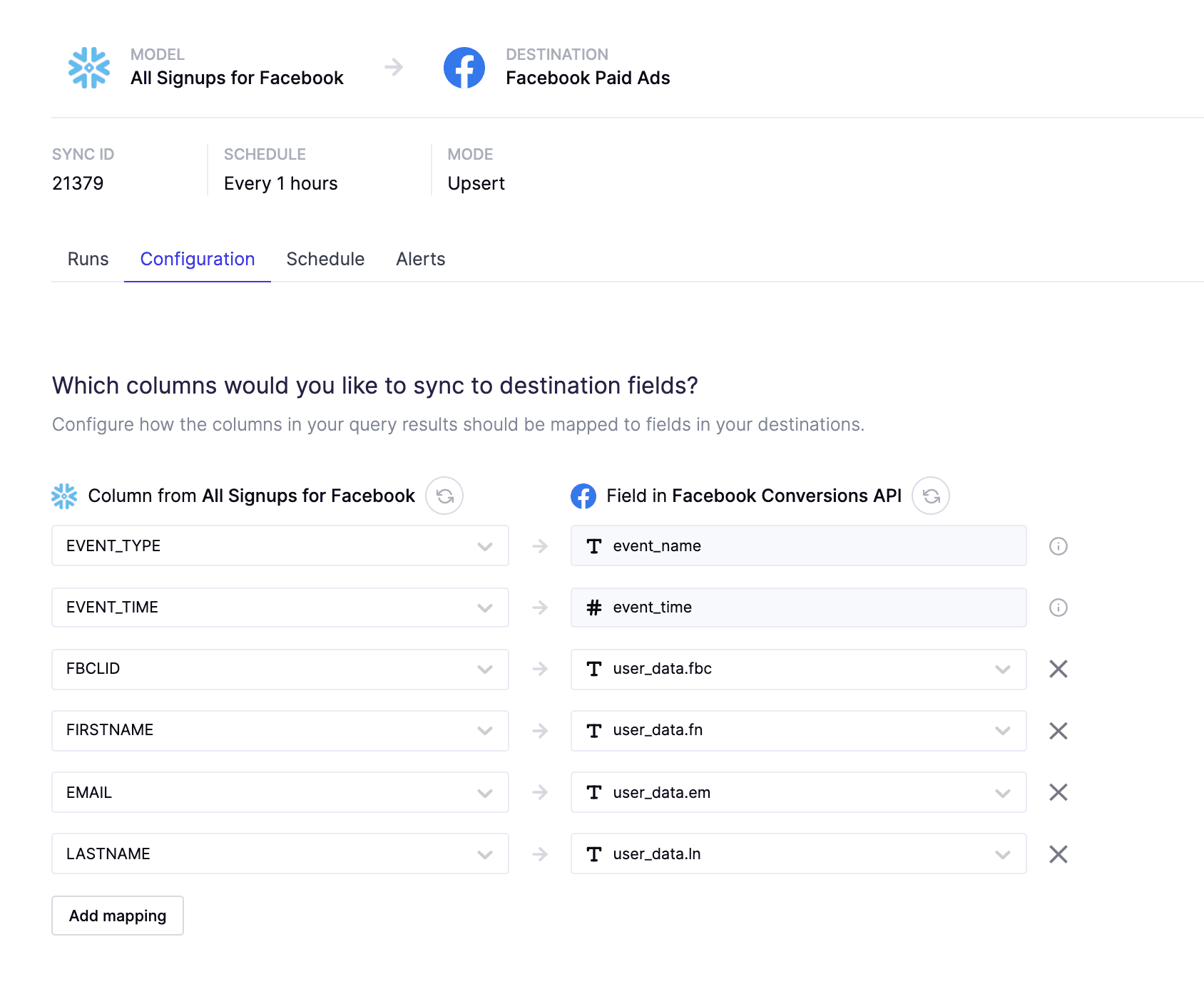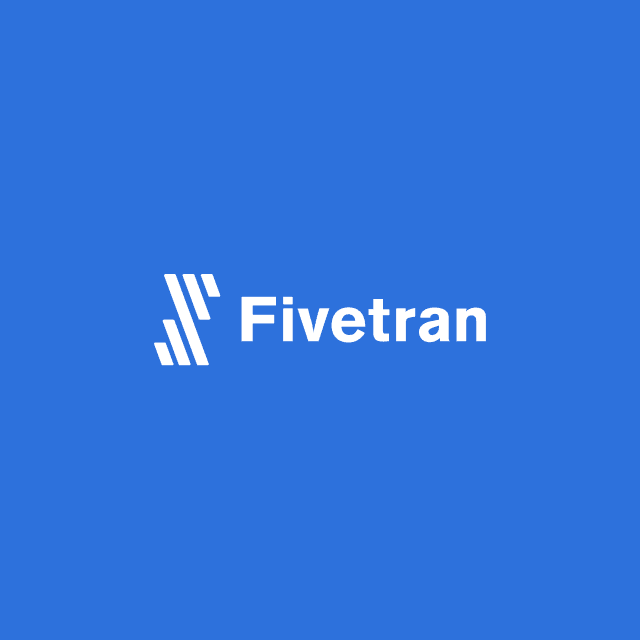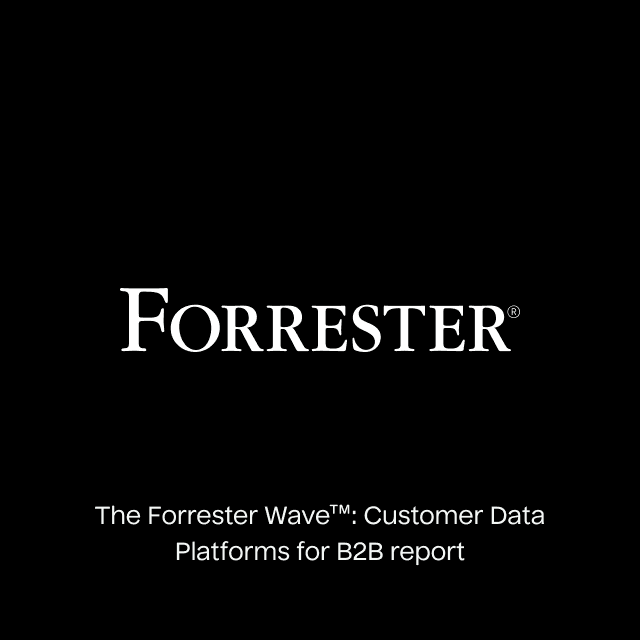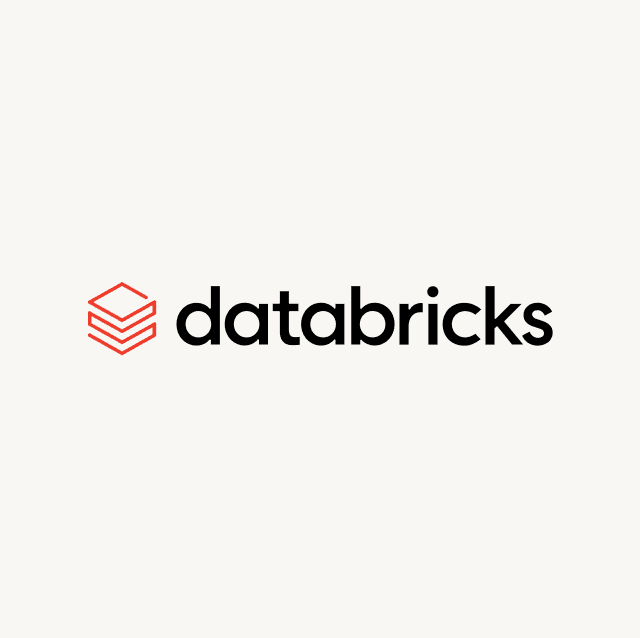Consumers want, let alone expect, a more secure internet. If you're in the advertising industry, this can be a hard pill to swallow. Acronyms like CCPA, GDPR, iOS14 keep you up at night as more and more privacy standards & regulations continually roll out; disrupting what was once a foundational component of the digital advertising ecosystems... the 3rd party cookie.
Digital advertising platforms like Facebook and Google for years have thrived off of the utilization of browser tracking and 3rd party cookies, enhancing ad-targeting capabilities to establish what is now a $336 billion digital advertising industry.
Thanks to consumers continually winning the ongoing battle of a privacy-first internet, this reliance on browser-based tracking & third-party cookies is all about to change. Leading web browsers like Safari & Firefox already block third-party cookies by default with Google Chrome (⅔ of the global browsing market) announcing to soon follow suit. These changes in addition to ad-blockers have now resulted in almost 40% of US web traffic blocking third-party cookies entirely.
In a world of ever-rising advertising costs, this loss in data visibility can be the difference between running paid media campaigns at profitability and needing to turn off channels entirely. So what can advertisers and platforms like Facebook and Google do? Shift away from the reliance on browser tracking ➡️ towards a reliance on first-party data & server-first integration strategies.
This article will help you explain what a server-side integration is, why it's worth focusing on now, and how you can leverage Hightouch to push your server-side event data to your different ad platforms.
Why Do You Need Tracking?
Event tracking enables you to create personalized ads. Let’s say we have a site visitor who puts an item in their shopping cart but then abandons the site. How do we reach that user again? One key way is to retarget them on an ad network by sending whatever tracking data we have on that visitor. Then, the ad network tries to match that information to existing customer profiles within the platform or tries to find similar users that are likely to convert (called Lookalike Audiences).
What Is Client Event Tracking?
Client event tracking happens directly within the browser and captures overall user behavior on your site as it relates to things like links clicked, pages visited, session length, etc. All of this information is then associated with a specific user profile based on a device ID (an anonymized identifier that is associated with a specific device).
However, client event tracking can only capture website interactions and it is very difficult to create a full picture of the customer. For example, a fintech company can’t track when a transaction is settled since that doesn’t happen directly on a website. Client event tracking is extremely easy to install: it’s as simple as implementing a small snippet of code on your website. However, the data is limited and with cookies fixing to go extinct, this form of tracking will soon be unusable.
What Is Server-Side Event Tracking?
On the other hand, server-side event tracking captures everything that happens directly on the server (i.e. through the code that provides the logic and data for your app/website) and it provides a more complete 360-view of your users. Since all modern applications and websites likely make requests to a server at some point in their lifecycle, most of the information that is captured on the client is often already available through server-side event tracking. Utilizing previous interactions or even offline events, the server has access to many more data points and customer identifiers that can greatly help to increase match rates.
For example, if you’re an e-commerce company, your “AddToCart” events often fire before you capture a customer’s email in the checkout flow, anyone who had ever given you an email can have their email included on their future “AddToCart” events (using a solution like Snowplow). This can drive up match rates substantially, versus simply using a 3rd party cookie like a Facebook Pixel or another identifier like UserAgent or IP address. Additionally, because server-side event tracking takes place within the server, the processing burden is removed from the client device and moved to the cloud. This reduces page load time and improves the overall customer experience.
How to Get Started With Server-Side Implementation
Having to create custom integrations for every advertising platform is extremely time-consuming and inefficient. Data pipelines are prone to failure. It’s also very difficult to get engineering resources to help with this, as data engineers hate building them. This is the exact reason many companies prefer to capture events through client event tracking and skip this entire process.
This is the exact problem Hightouch solves with Reverse ETL. At its core, Reverse ETL takes transformed data on your customers out of the warehouse and syncs it into ad networks and other tools. Hightouch even handles privacy details like hashing customer data automatically before sending to ad networks: no code or engineering favors required.
Case Study: How Red Digital Increases ROAS of Their Clients With Server-Side Conversion Routing
Red Digital, an AI-powered marketing services division of Red Ventures, focuses on helping companies maximize their potential through the implementation & management of best-in-class, omnichannel digital experiences. Leveraging Hightouch (the leading Reverse ETL solution), Red Digital has helped multiple clients enhance their integration strategies with major paid media platforms like Facebook & Google. Hightouch enables the team to fully activate their warehouse customer data to enrich each conversion signal being sent to the platforms. These enriched signals allow platforms like Facebook to more easily match to consumers and empower ML-based bidding & attribution modeling to operate at its fullest potential.
Since implementing enriched server conversion eventing with Facebook’s Conversion API (CAPI), Red Digital partners have seen wins across the board. Within the first month of launching server-side conversions, a Red Digital partner in the mortgage industry saw a +40% lift in click conversion and a +20% increase in order volume. Another partner in the personal finance space leveraged enriched conversion signals to build a foundation for data-led testing & optimization which allowed them to increase spending 3x to core audiences while increasing overall Facebook profit 9x.
How to Use Hightouch to Send Data to Ad Networks
For most data-driven organizations, the data warehouse is already the single source of truth and the analytics platform from which all reporting is done, so it is only logical to use that data to power your targeting on ad networks.
This can be done in three simple steps:
1. Write a SQL query for all of your conversion events (ex: book a demo, product sign up, account created, etc.), or use our visual point-and-click UI (called Hightouch Audiences) to define the audience you want to target.
2. Add enriched user data to that query or audience (ex: Facebook accepts an assortment of fields like email, phone, city, country, age, gender, etc).
3. Set up a Hightouch sync that maps to fields in ad networks. You can create custom audiences for Lookalike or retargeting campaigns as well as send conversion events.
Below is an example of a sync we use internally to send server-side app signup conversions to Facebook (where we map based on first name, last name, email, and Facebook Click ID)

Get Started Today
Hightouch integrates with all the major ad networks (Facebook, Google, Linkedin, Snapchat, TikTok, Bing Ads, and Twitter), with customers like Lucidchart and Autotrader using Hightouch for performance marketing. The first integration with Hightouch is completely free, and you can send as many conversion events and audiences as you’d like. You can sign up directly at https://app.hightouch.com/signup or book a demo here.















